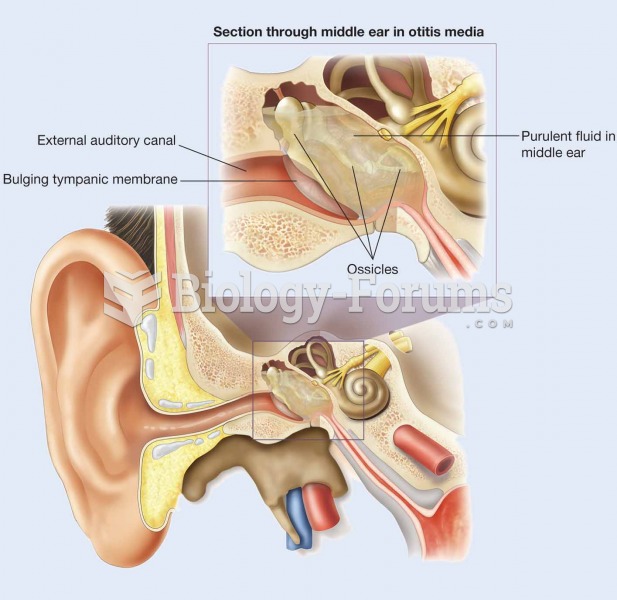Answer to Question 1
Correct Answer: 1
Rationale 1: The client's clothes are removed and the skin and eyes flushed to remove the agent.
Rationale 2: This could be the administration of an adsorbent (activated charcoal), whole-bowel irrigation, induction of vomiting, or gastric lavage.
Rationale 3: This could be the administration of an acid or base, depending on the client's symptoms.
Rationale 4: This could be the administration of diuretics, peritoneal or extracorporeal dialysis, and ion trapping.
Global Rationale: The first step in this process is to decontaminate the patient. The remaining actions are taken after this decontamination has begun.
Answer to Question 2
Correct Answer: 1,2,3
Rationale 1: Smallpox vaccinations are contraindicated for persons with an impaired immune system, which would be assessed by the client's current white blood cell count.
Rationale 2: Smallpox vaccinations are contraindicated for persons with impaired immune systems, such as those who are HIV positive.
Rationale 3: Smallpox vaccinations are contraindicated for persons with eczema.
Rationale 4: Antibiotics are not used to treat exposure to smallpox.
Rationale 5: Abnormal blood pressure and heart rate are not contraindications for the use of the smallpox vaccination.
Global Rationale: Smallpox vaccinations are contraindicated for persons with an impaired immune system, which would be assessed by the client's current white blood cell count. They are not indicated for those with HIV or with eczema. Antibiotics are not first line drugs to treat smallpox exposure. Abnormal blood pressure and heart rate are not contraindications for the use of the smallpox vaccination.







